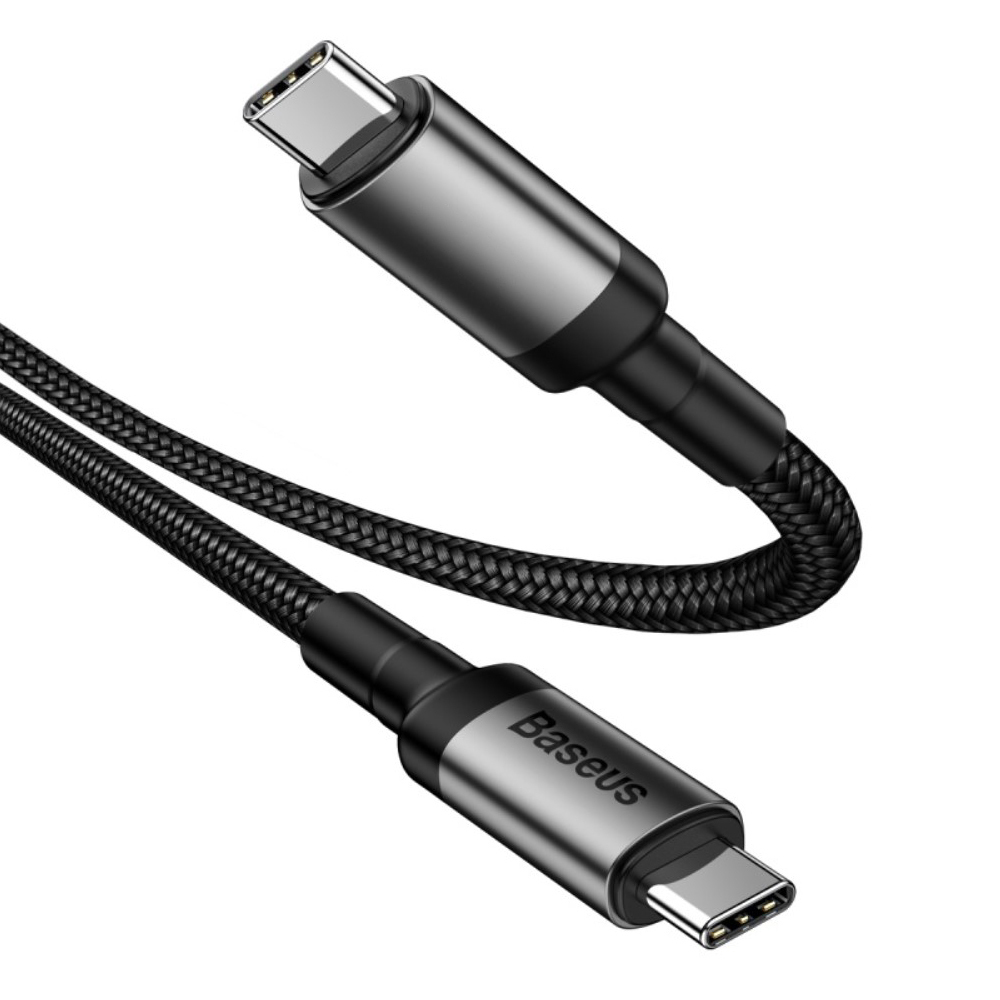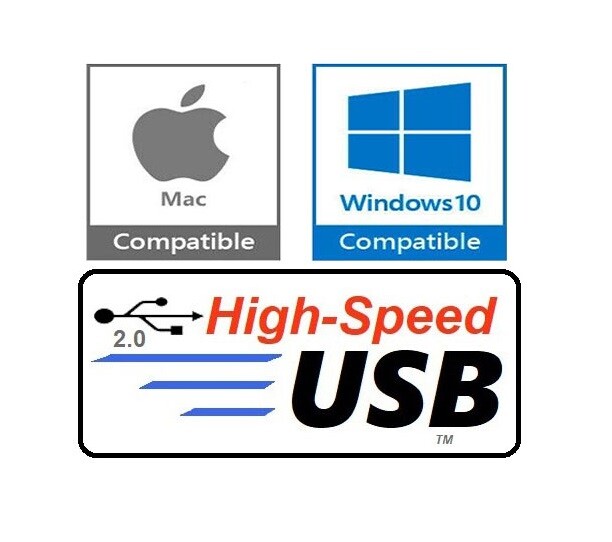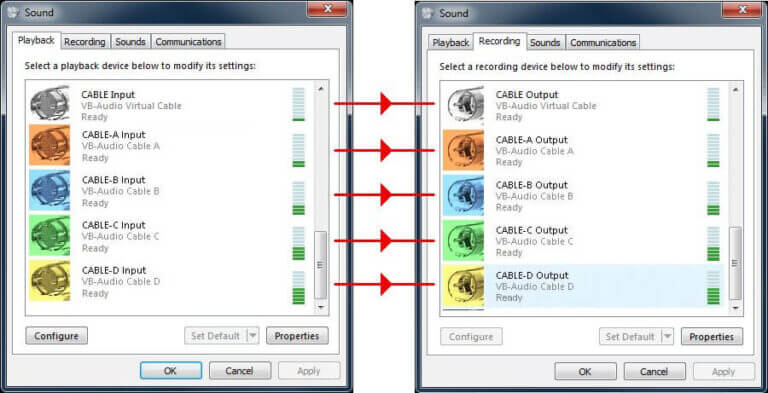
You will be allowed to resell each license purchased as specified in section 3.4 of our general terms: Ībove 100 units, you can contact us to obtain a better Quote / Offer more suited to your project. VB-CABLE for MAC is available since May 2020 it is compatible with macOS 64 bits version 10.10 to 10.15 VB-CABLE is a virtual audio device working as Virtual Audio Cable made to connect 2x audio applications together. A Virtual Audio Cable Device Driver for MacOS to be used with Radio Amateur SDR applications - GitHub - dl1ycf/MacOSVirtualAudio: A Virtual Audio Cable. Like the PC version, VB-Cable for Mac supports up to four stereo channels, labeled VB-Cable A+B and C+D. Select the price level P4 or P5 (select P3 if buying 10 or more licenses), thanks for your participation. This functions like a virtual cable that lets you send audio from one app to another. You may also select the price level P1 or P2, thanks for your participation. VB-Audio, the incredibly creative software company, announced that virtual cables are now available on macOS (10.10 to 10.15 64-bits). After 30 minutes, female voice starts to remind that this is only a trial. Trial version can be used anywhere to evaluate product functionality.

Select the price level you want to pay for your license (P1 to P5), thanks for your participation.įor educational / government institutions and non-profit organizations: Virtual Audio Cable - Downloads Virtual Audio Cable (VAC) Description History About Downloads Here you can download two VAC versions: fully-functional trial version, and feature-limited Lite version.

Settings > Audio > Advanced > Monitoring Device Figure 1. Another great function is the audio repeater, so you can, for example, route a micro to a virtual cable and it seems as if you can break a 5.1 source down to a stereo source You can find more information and the licensing on the developer's homepage.

Licensing information For end user and charity associations: 1) Install the Virtual Audio Cables Download and install the VB-Cables Windows Mac 2) Configure Default Monitor It took me a little bit to find this one.


 0 kommentar(er)
0 kommentar(er)
